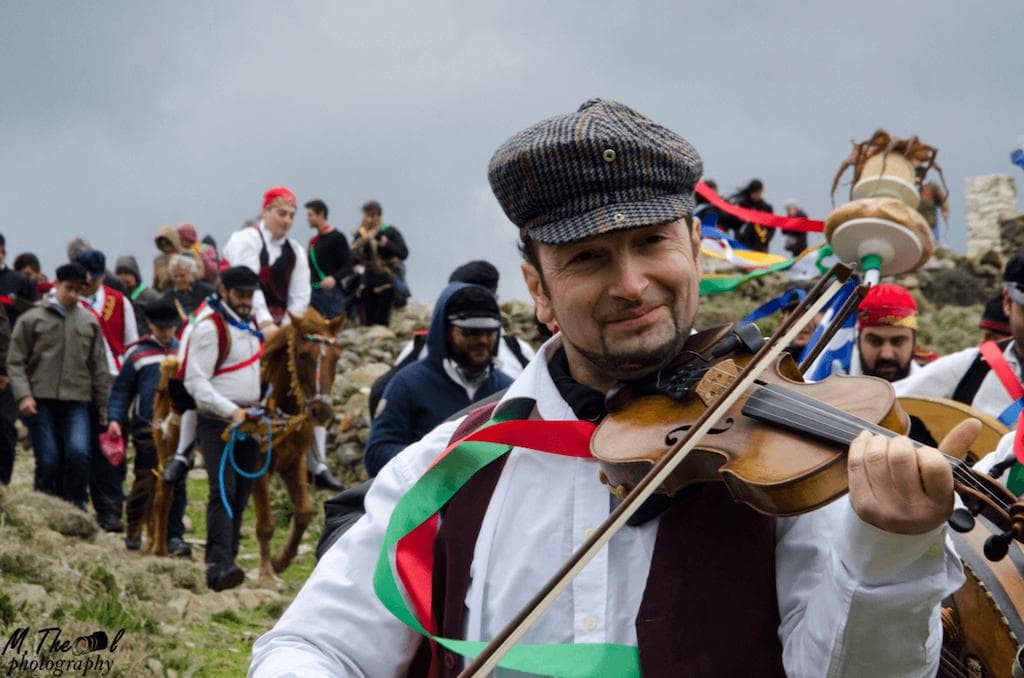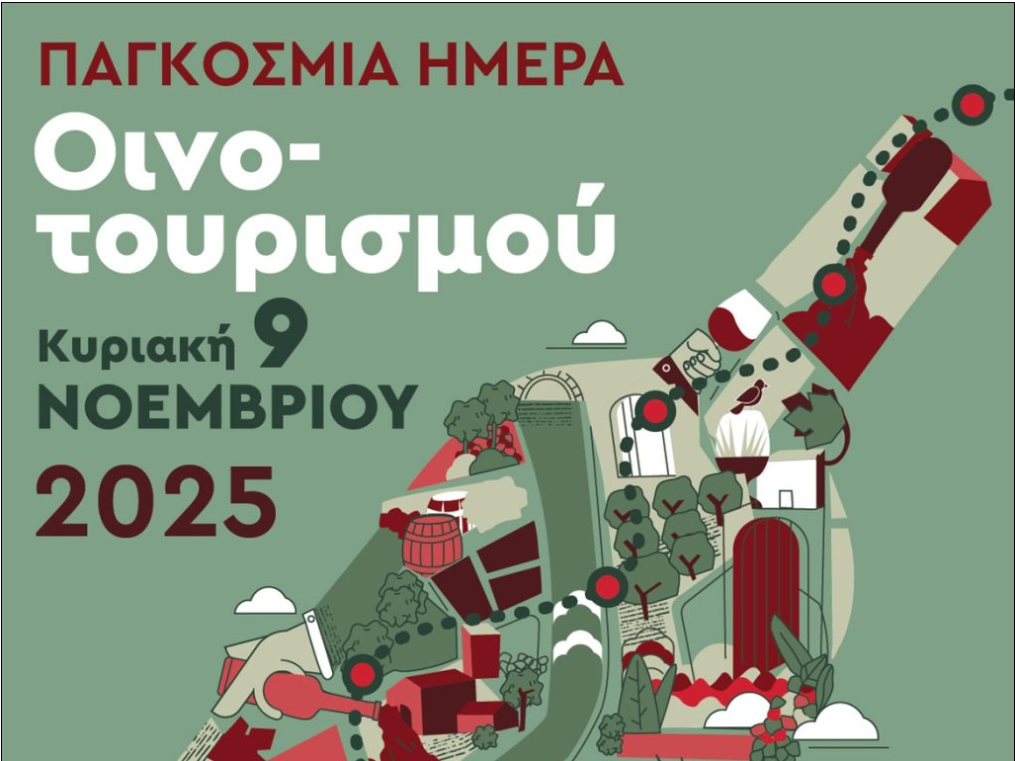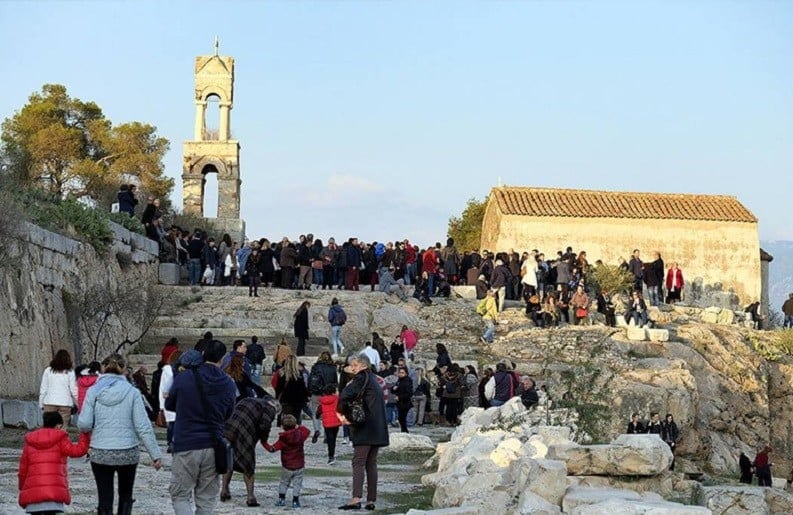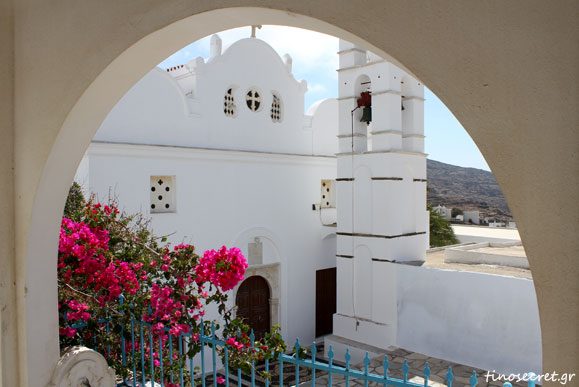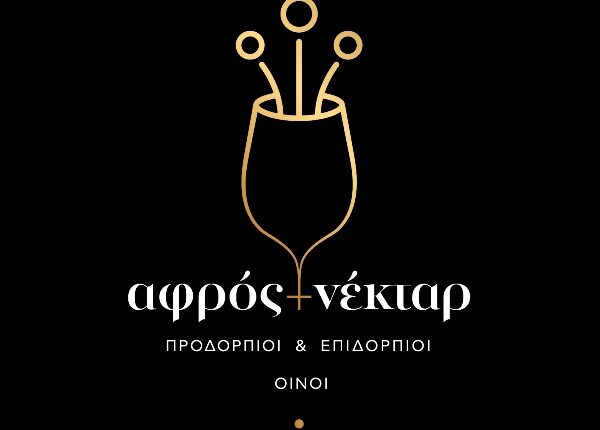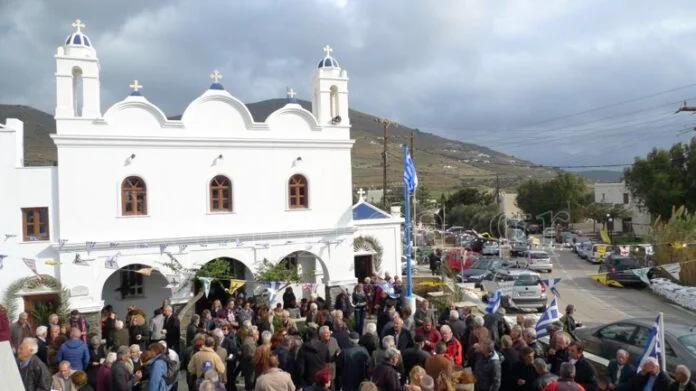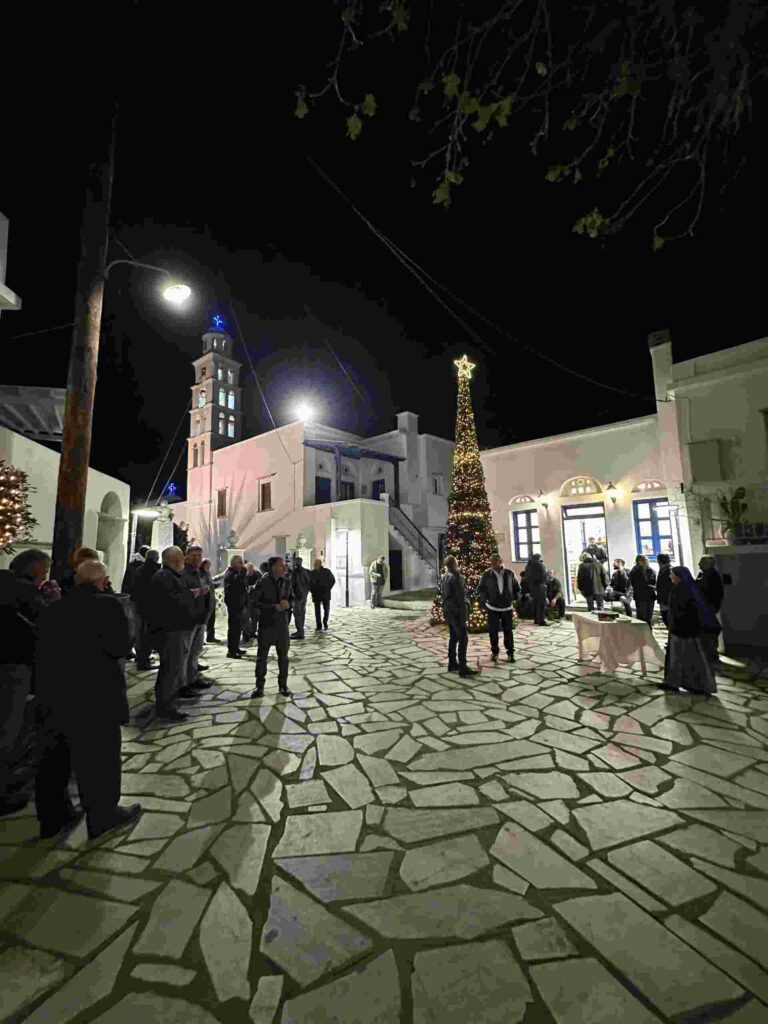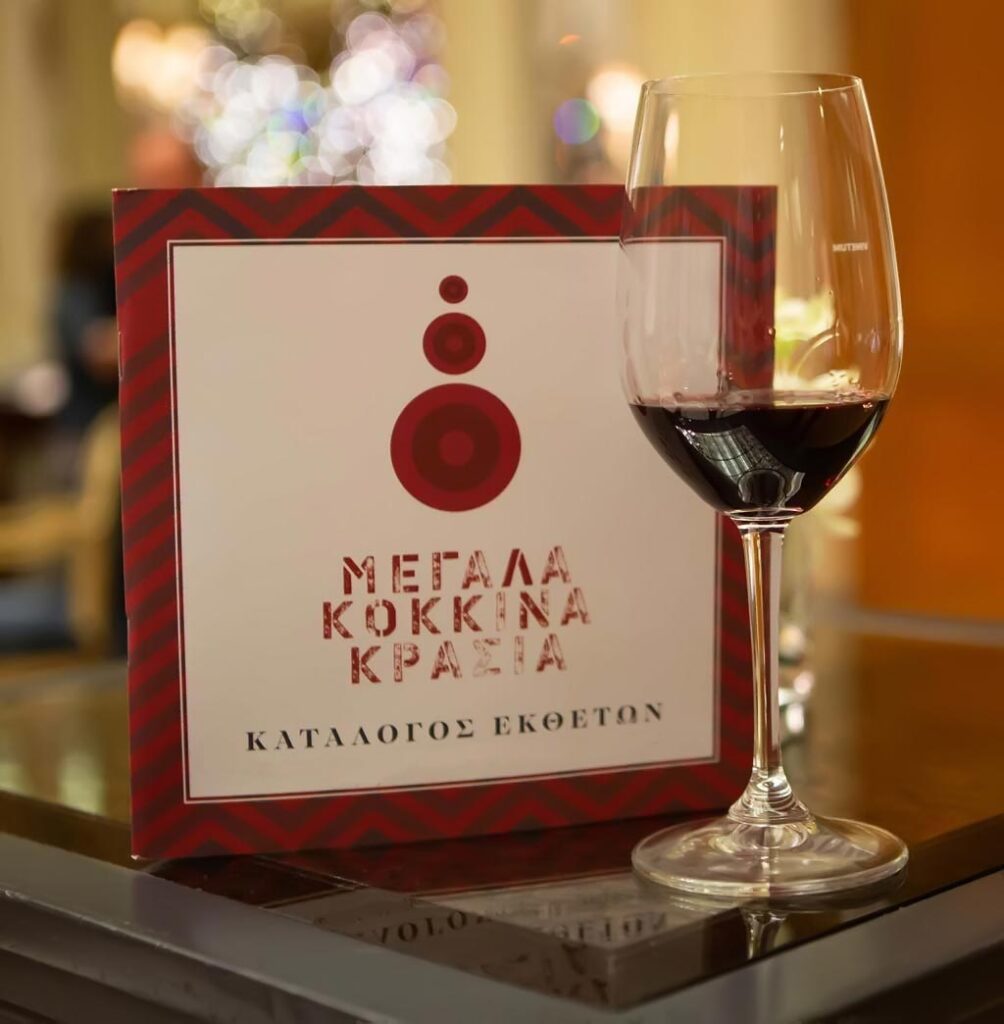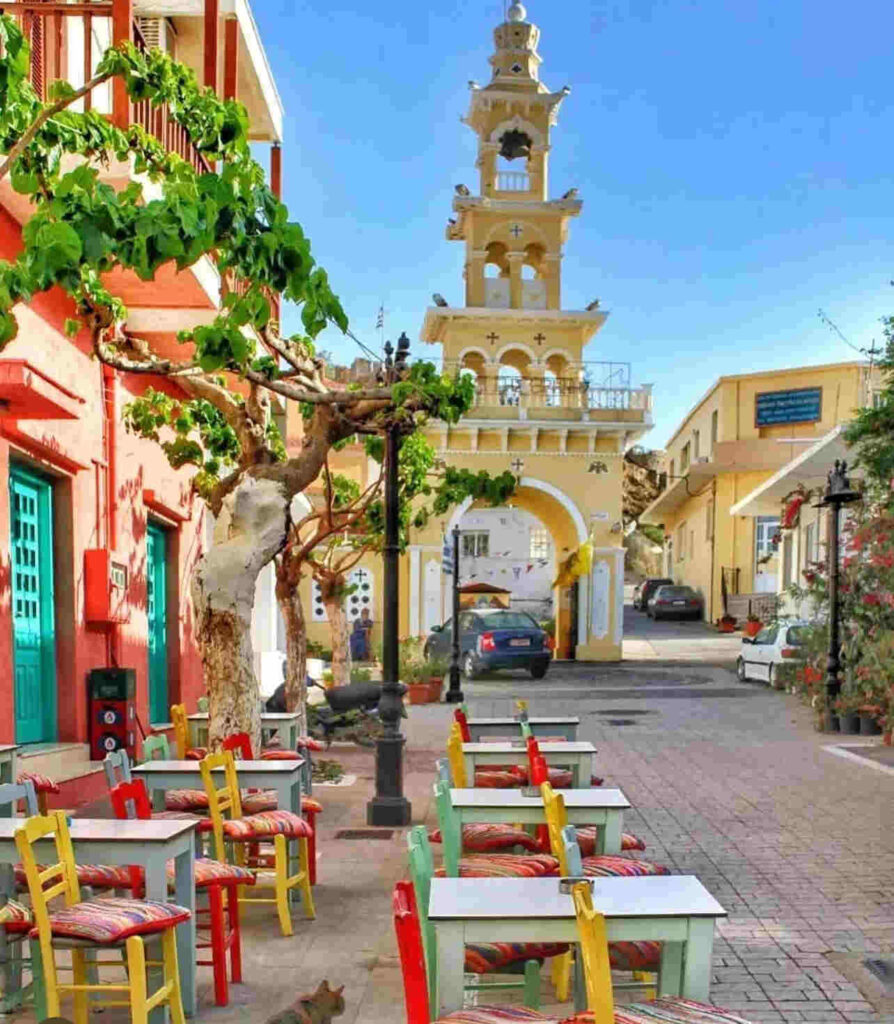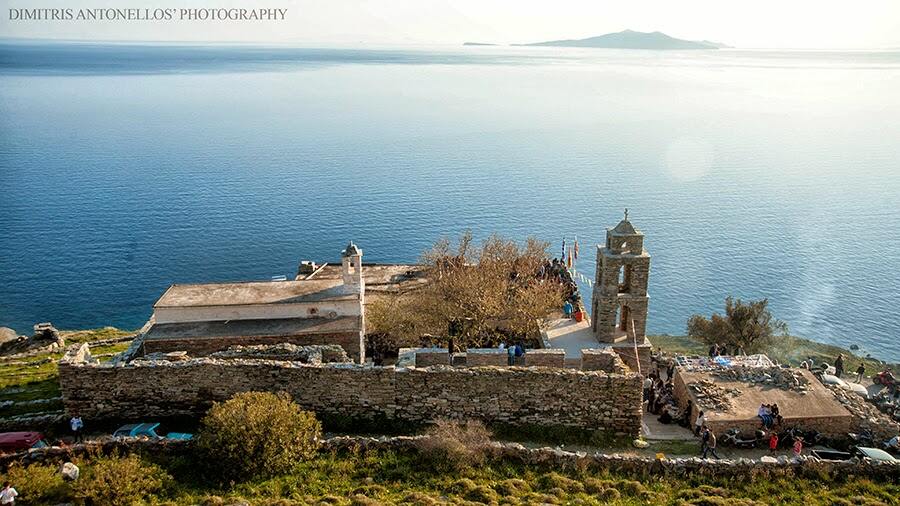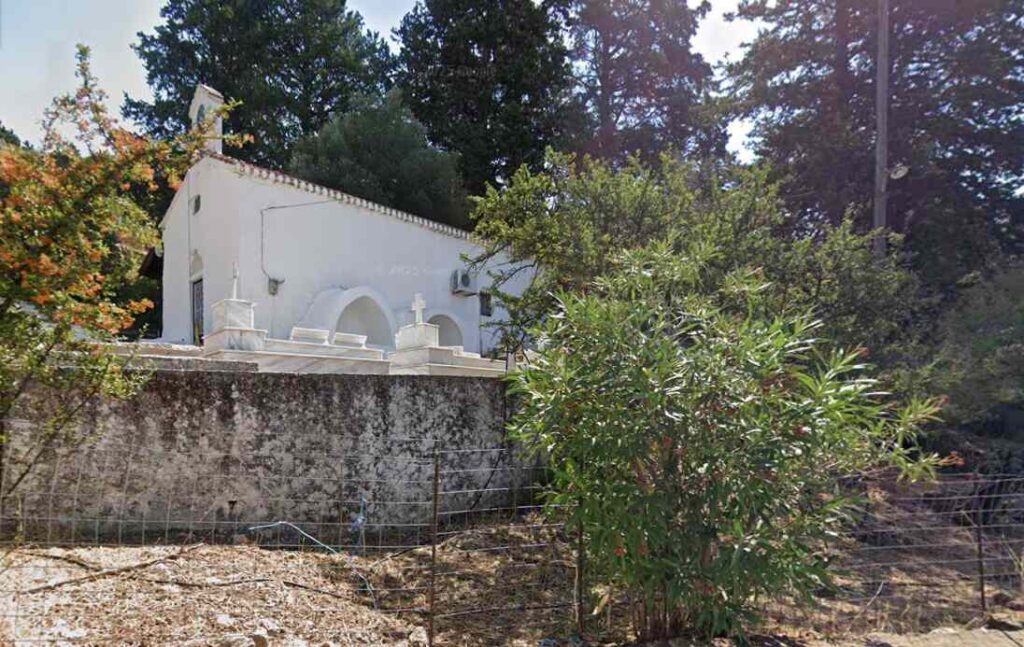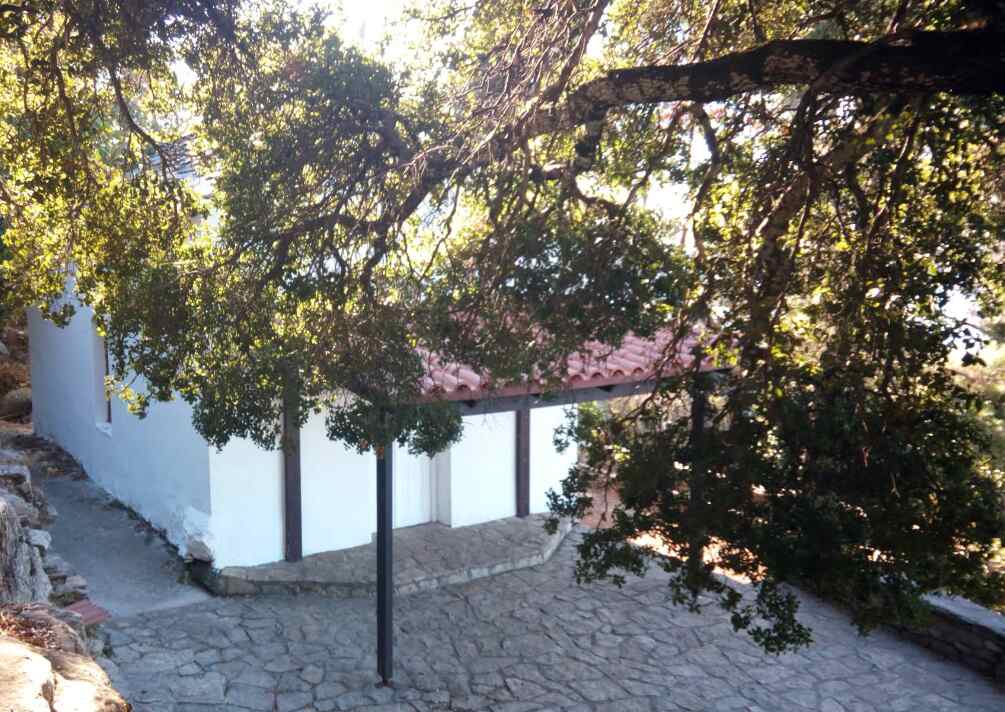on the last Sunday of Carnival-A Living Tradition of Tyrian Week
Every year, on the last Sunday of Carnival, the island of Amorgos bursts into life with one of its most beloved traditions: the Captain’s custom. What makes it truly unique is that it unfolds simultaneously in two villages—Aegiali and Tholaria—each celebrating in its own vibrant way, immersing visitors in music, laughter, and the warmth of communal spirit.
The tradition is closely tied to Tyrian Week, the final week before Lent, when dairy is allowed but meat is forbidden. On this morning, the young men of the villages gather in their central squares and chapels. In Aegiali, they meet in Lagada’s lively square, Loza, before setting off on foot toward the church of Epanochoriani, where the priest or eldest man of the village selects the Captain. In Tholaria, a similar ritual takes place at the chapel of St. Dimitrios, appointing a second Captain.
Once chosen, the Captains and their companions transform into figures of living history. Dressed in traditional island costumes, they set out in a vibrant procession accompanied by violin and lute music. At the head of each group walks the bairaktaris, proudly carrying the bairaki—a wooden pole adorned with bread, a wheel of cheese, and a piece of salted cod or octopus. Each item carries deep symbolism: the cheese represents Tyrian Week, while the bread and fish mark the beginning of Lent.
The Captain mounts a decorated horse, and with songs echoing through the alleys, the procession makes its way into the heart of the village. In Lagada, maidens in traditional dress await at the Portara, the village gate, to greet the parade. Meanwhile, in Tholaria, young women gather at Seladi to welcome their procession at noon, before joining in the celebration.
As the parade winds through narrow streets, doors open wide, and households offer roasted raki, local wine, and warm hospitality. Music, laughter, and cheer spill from every corner, enveloping visitors in the festive spirit.
By evening, the celebrations return to their starting points—Loza in Aegiali and the church of Sts. Anargyros in Tholaria. There, the Captain dances the first dance with his companions. Then comes the moment of romance: with the crowd watching, he chooses his sweetheart, tossing her a handkerchief in a symbolic gesture of love and commitment.
From there, the night blossoms into a full-scale feast. Tables overflow with fried fish, vegetable pies, doughnuts, and the sweet crunch of xerotigana. Glasses of raki and local wine are never empty, and music and dancing continue until dawn. With the two villages only fifteen minutes apart, visitors have the unique opportunity to experience both celebrations, immersing themselves in a tradition that has kept the heart of Amorgos vibrant and alive for generations.

